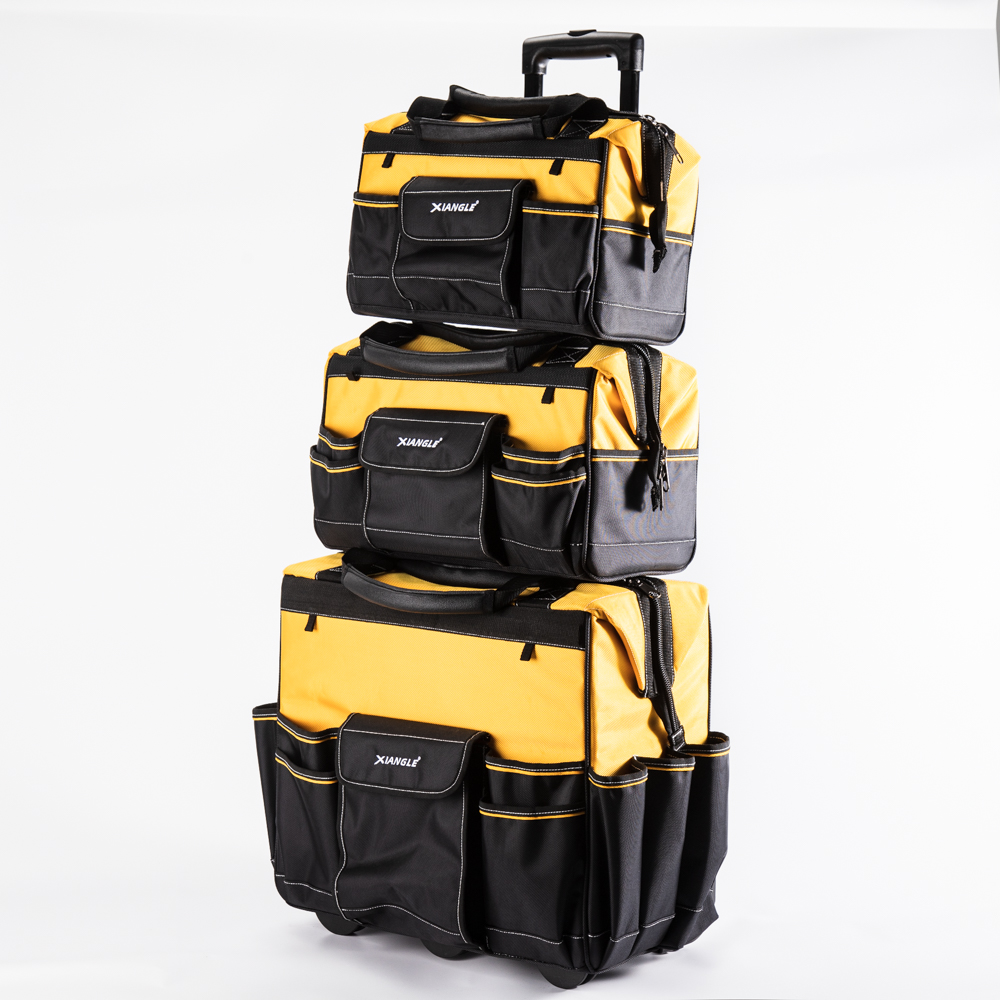In recent days, two major international news reports on coal-fired power generation have sparked global attention. One highlights the World Bank’s decision to stop funding coal-fired power projects, except in special cases. The other discusses former U.S. President Obama’s proposed climate policy, which aims to shut down a third of U.S. coal-fired power plants. These developments reflect growing global concerns over the environmental impact of coal and the push toward cleaner energy alternatives.
Zhou Dadi, vice chairman of the China Energy Research Association and head of the Energy Economy Committee, commented on these changes during an interview. He emphasized that coal-fired power remains a critical source of electricity in China and will continue to play a significant role for the foreseeable future. While many countries are imposing stricter carbon emission regulations on coal, Zhou pointed out that each nation faces unique circumstances, making it inappropriate to apply a one-size-fits-all approach.
The transition to a cleaner energy structure is a long-term process. In the U.S., the power sector accounts for roughly 40% of greenhouse gas emissions. Obama’s plan aimed to cut emissions by 17% from 2005 levels by 2020, while also proposing to limit public funding for overseas coal projects unless they are in the world’s poorest countries or use clean technologies like carbon capture and storage (CCS). However, Zhou noted that this is still more of a political aspiration than a concrete policy, as it must go through legal procedures in Congress before it can be implemented.
Experts suggest that the U.S. has the luxury of reducing coal usage due to lower overall electricity demand and abundant natural gas resources. In contrast, China would need a much longer time to replace its massive coal capacity—around 800 million kilowatts. A recent International Energy Agency report highlighted that developed nations, including the U.S., provide far less support for renewable energy compared to developing countries. To encourage clean energy development, the World Bank allocated over $8.2 billion in financing for energy projects between 2011 and 2012, with $3.6 billion directed toward renewables.
Despite the push for cleaner alternatives, coal-fired power still holds considerable potential. Advanced ultra-supercritical coal plants can achieve efficiency rates of 40% to 43%, but in practice, actual performance often falls below 40%. Some high-supercritical units perform even worse under suboptimal conditions.
Wang Jiuling, deputy general manager of China Southern Power Grid, stressed that the clean utilization of fossil fuels is a key challenge for future energy development. He suggested that redirecting some research and investment from renewables to improving thermal plant waste management and nuclear waste reuse could significantly boost global energy efficiency and create new economic opportunities.
China has already adopted ultra-supercritical technology in its coal plants, placing it among the global leaders in this field. However, Zhou Dadi believes there is still room for improvement, particularly in materials, boiler design, and other related technologies. Some challenges remain unresolved, and while higher efficiency can bring better economic returns, the current stage is not yet optimal. Many technologies face economic hurdles in the short term.
Zhou also addressed the cost issue of clean technologies. For example, integrated gasification combined cycle (IGCC) systems are currently less economically viable. But he added that this doesn’t mean clean tech will always be expensive—it’s a matter of time and innovation leading to cost reductions.
There are many types of tool bags available on our website, ranging from simple canvas bags with a few pockets to more sophisticated bags with multiple compartments and specialized pockets for specific tools. Some tool bags are designed to be worn over the shoulder, while others have handles for carrying.
In addition to tool bags, there are also Tool Belts that serve a similar purpose. Tool belts are worn around the waist and typically have several pockets and loops for holding tools, while tool bags with larger containers with compartments for organizing and storing tools.
Tool bag is a container or pouch designed to hold and organize various tools used for a particular job or trade. It is commonly used by professionals such as carpenters, electricians, mechanics, and plumbers, among others, to keep their tools organized and easily accessible.
There are many types of tool bags available on our website, ranging from simple canvas bags with a few pockets to more sophisticated bags with multiple compartments and specialized pockets for specific tools. Some tool bags are designed to be worn over the shoulder, while others have handles for carrying.
In addition to tool bags, there are also Tool Belts that serve a similar purpose. Tool belts are worn around the waist and typically have several pockets and loops for holding tools, while tool bags with larger containers with compartments for organizing and storing tools.
Having a well-organized tool bag is essential for any professional who relies on their tools to get the job done efficiently and effectively. It not only saves time but also ensures that tools are kept in good condition and are less likely to be lost or misplaced.

Hot Sale Tool Bag,Tool Bag,Tool Storage Bag,Tool Bag Backpack
ZHANGJIAGANG CITY XIANGLE TOOL CO., LTD. , https://www.xiangletoolbag.com